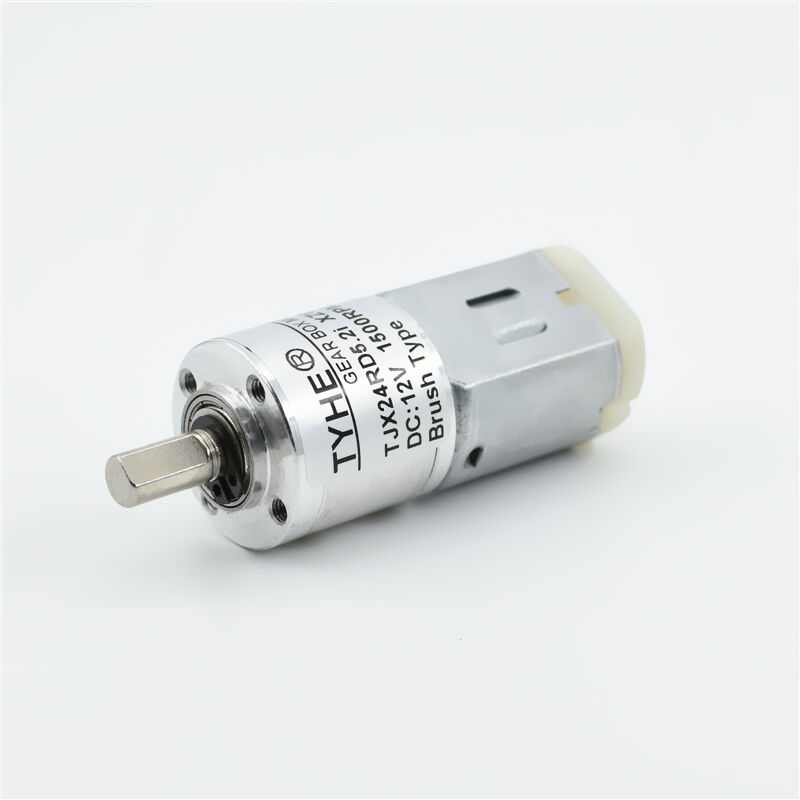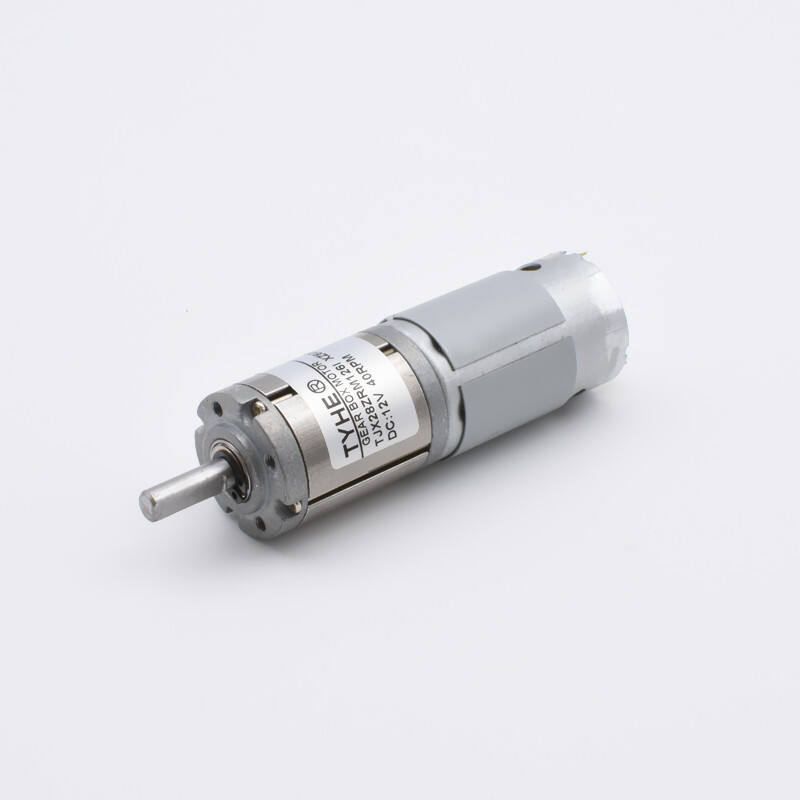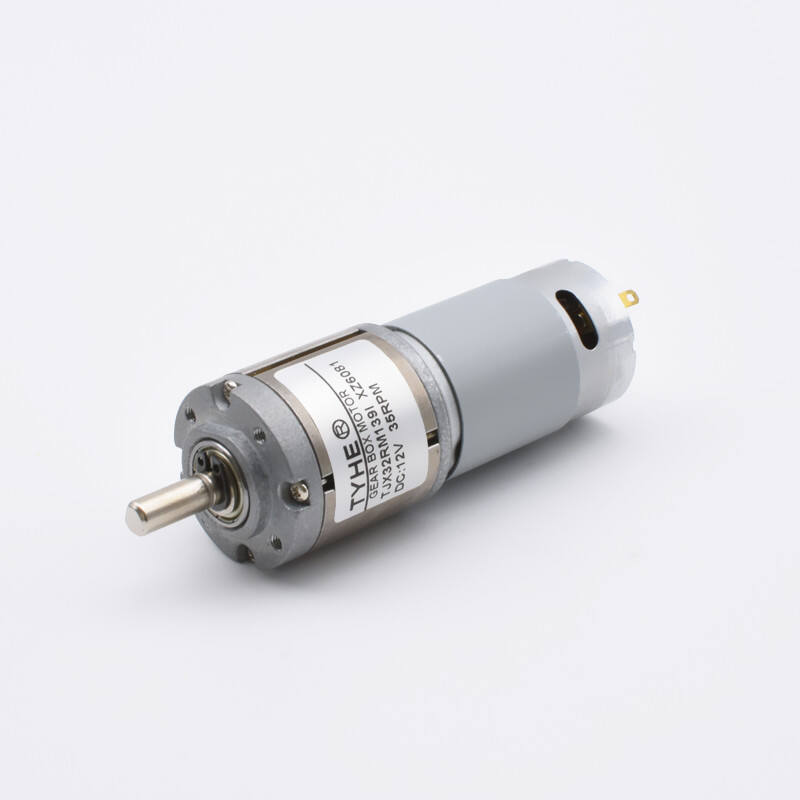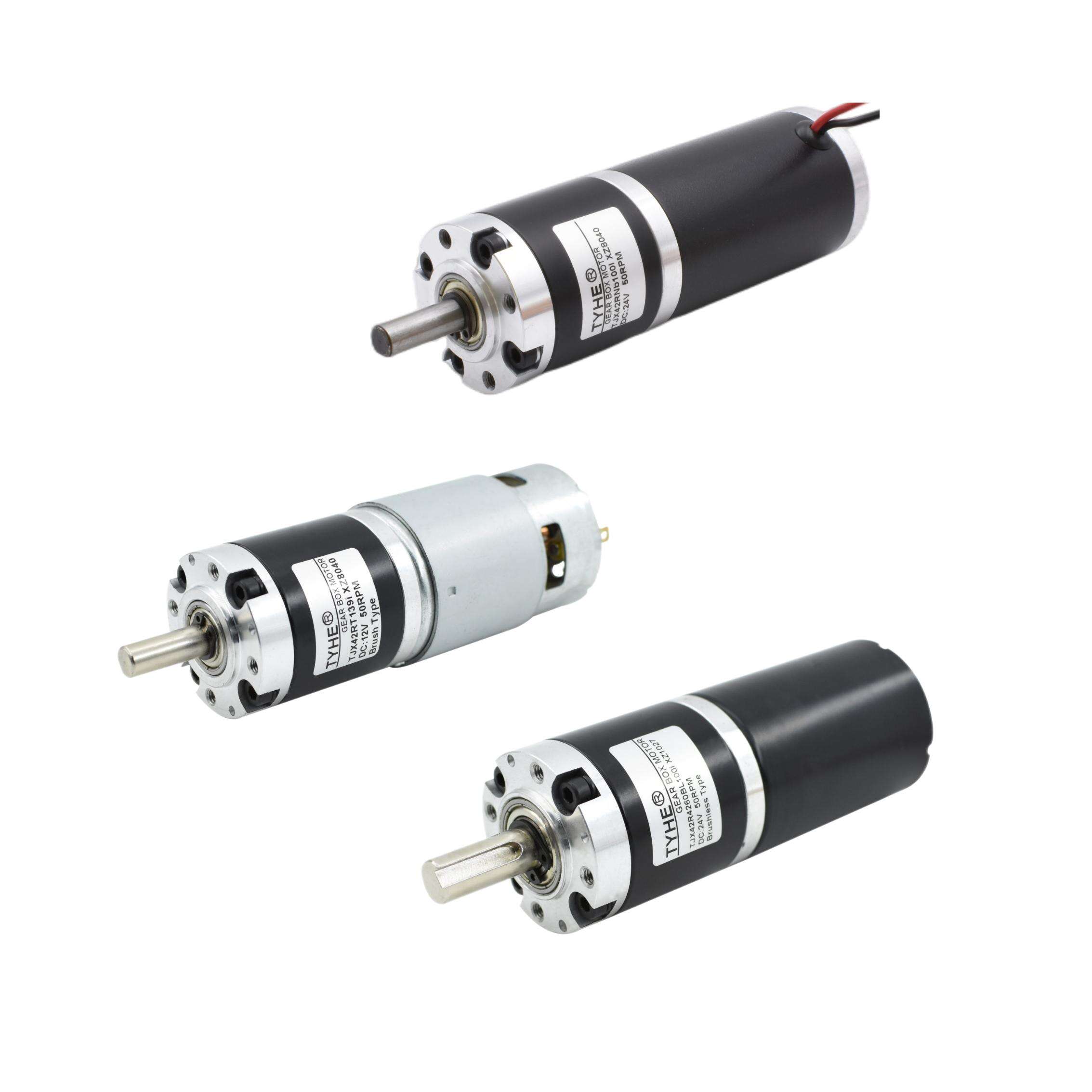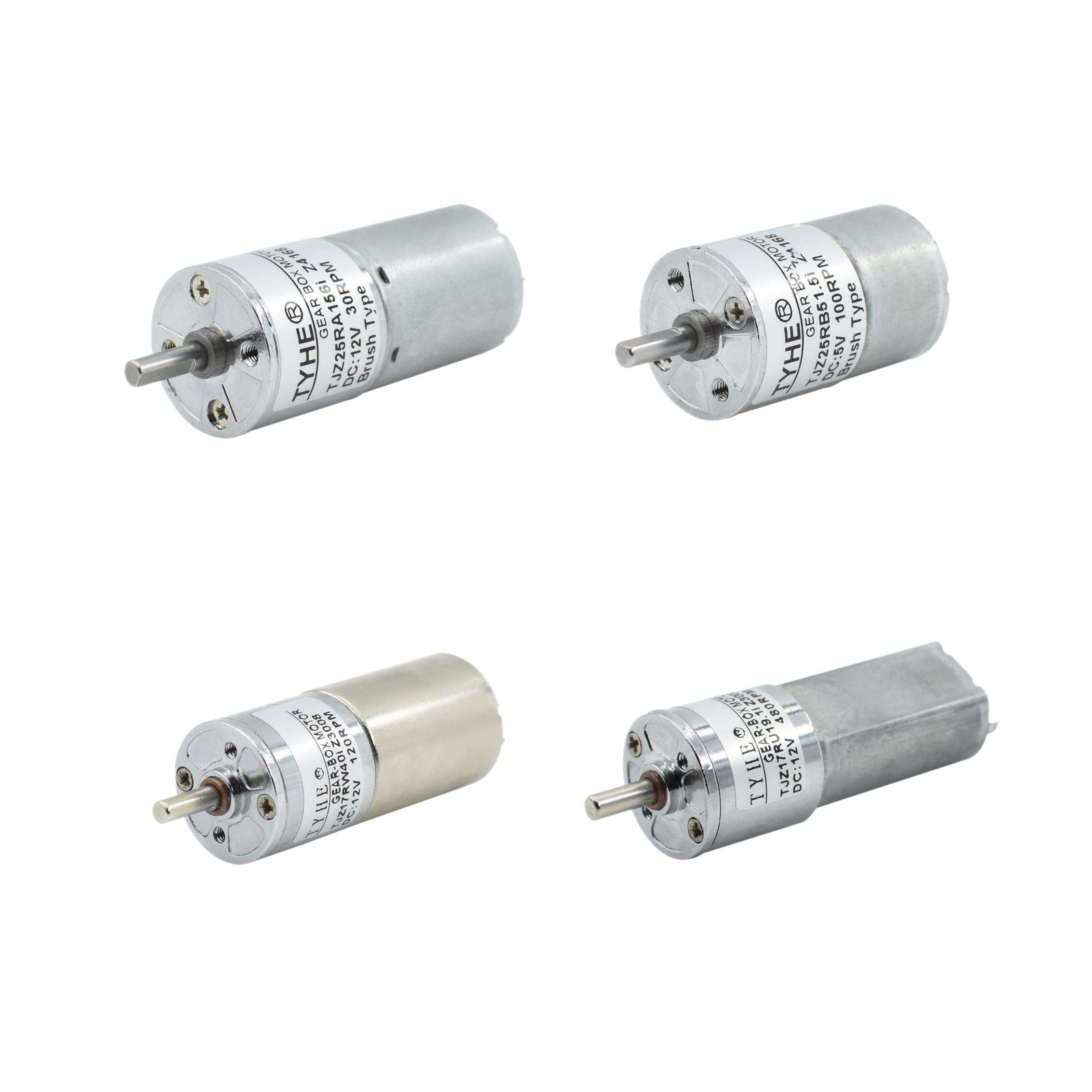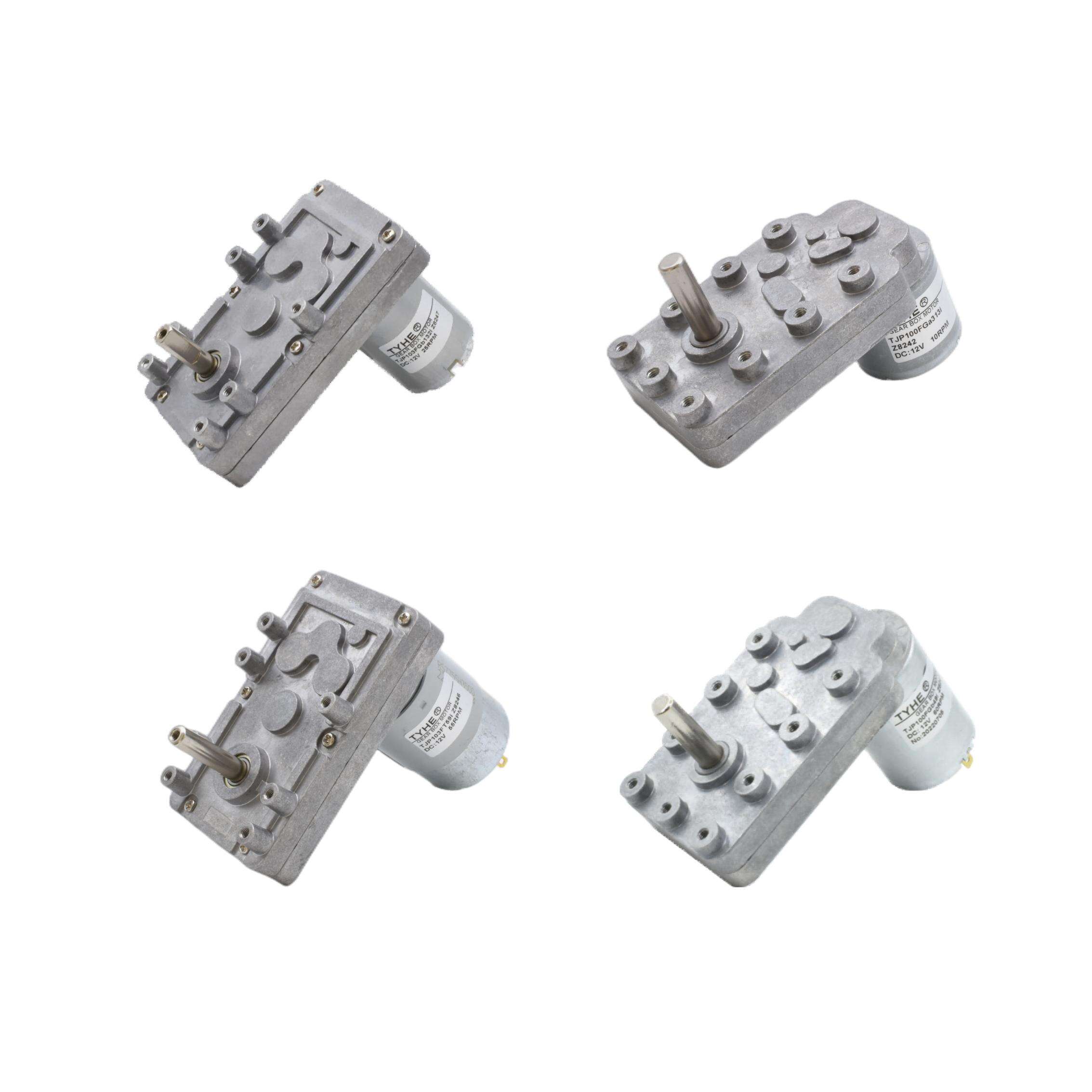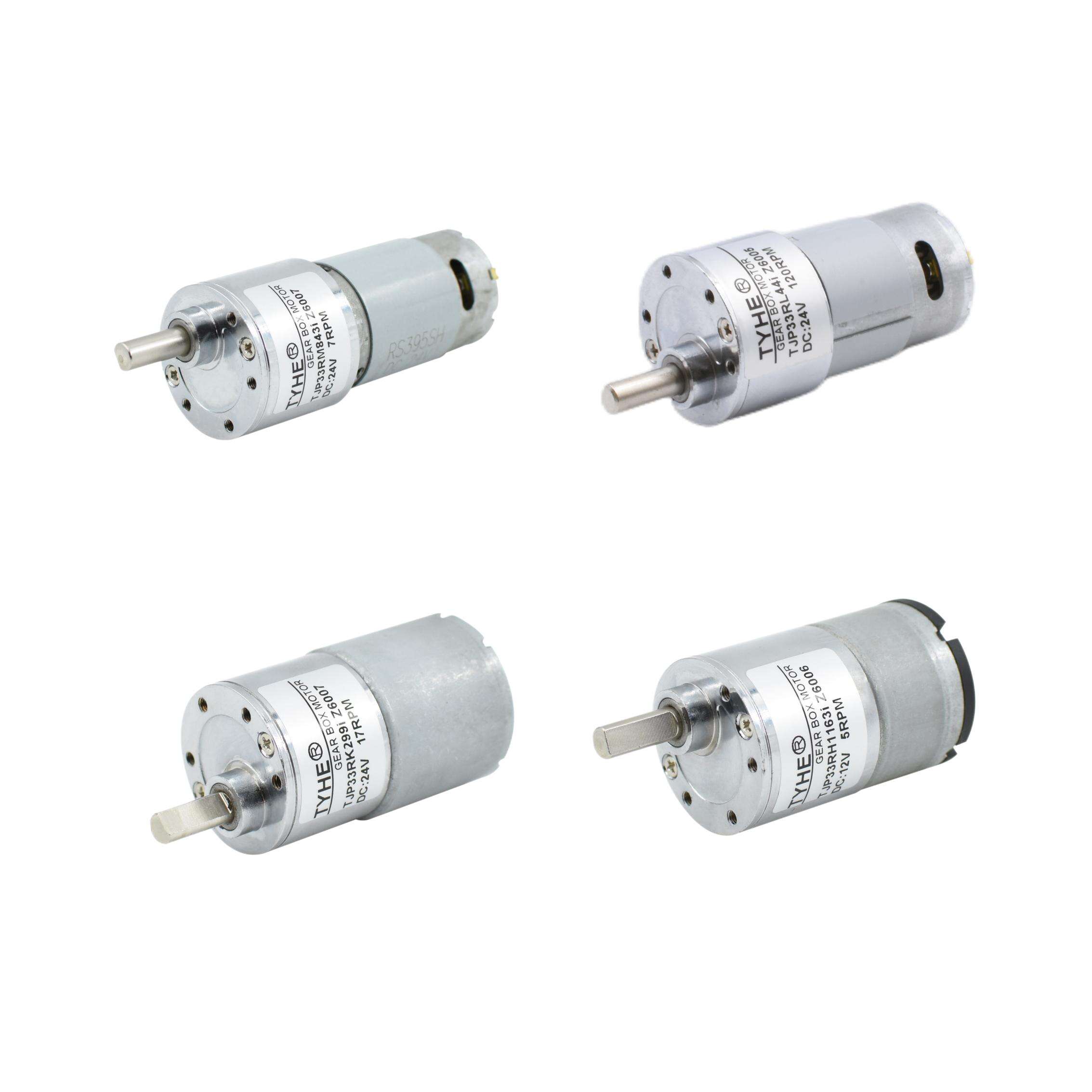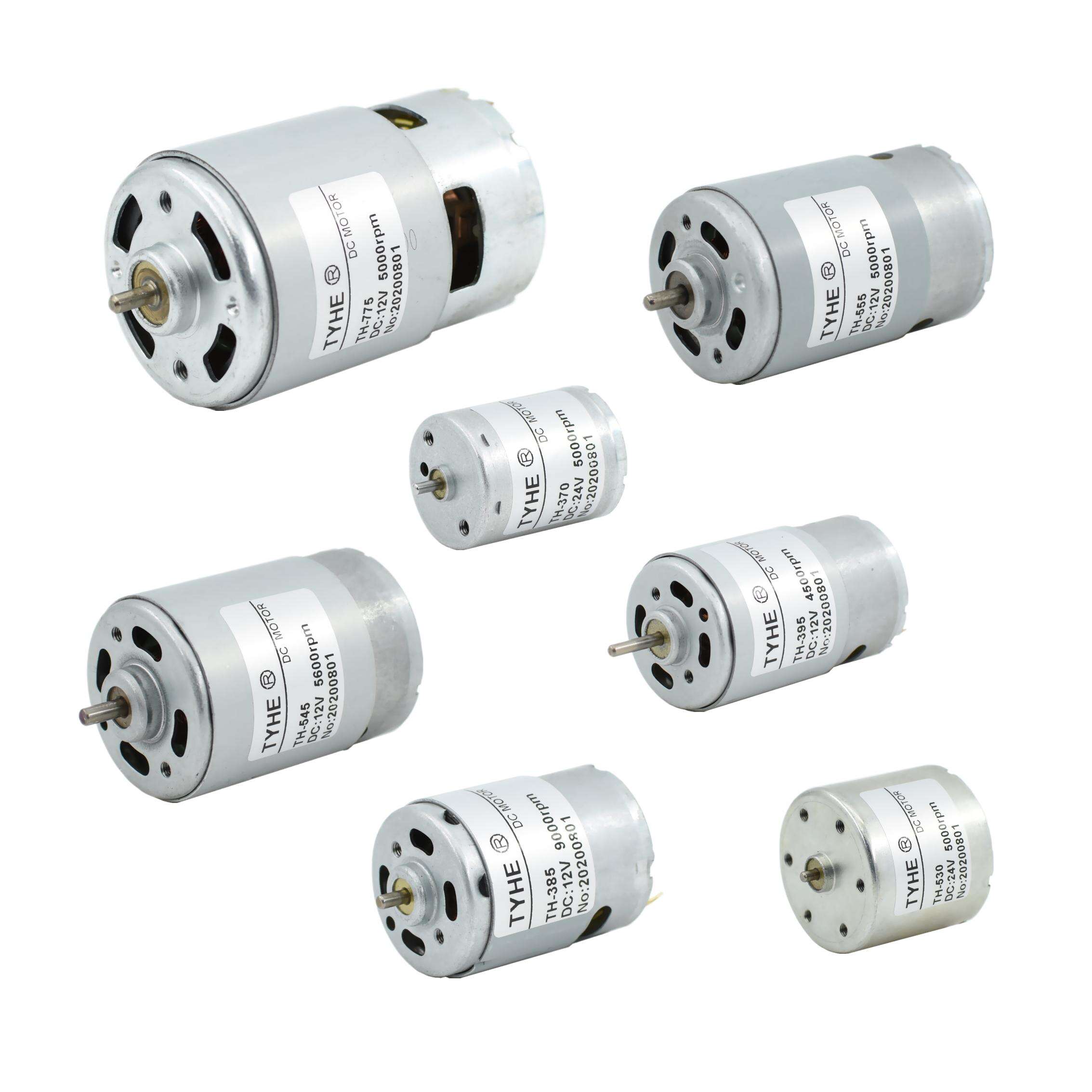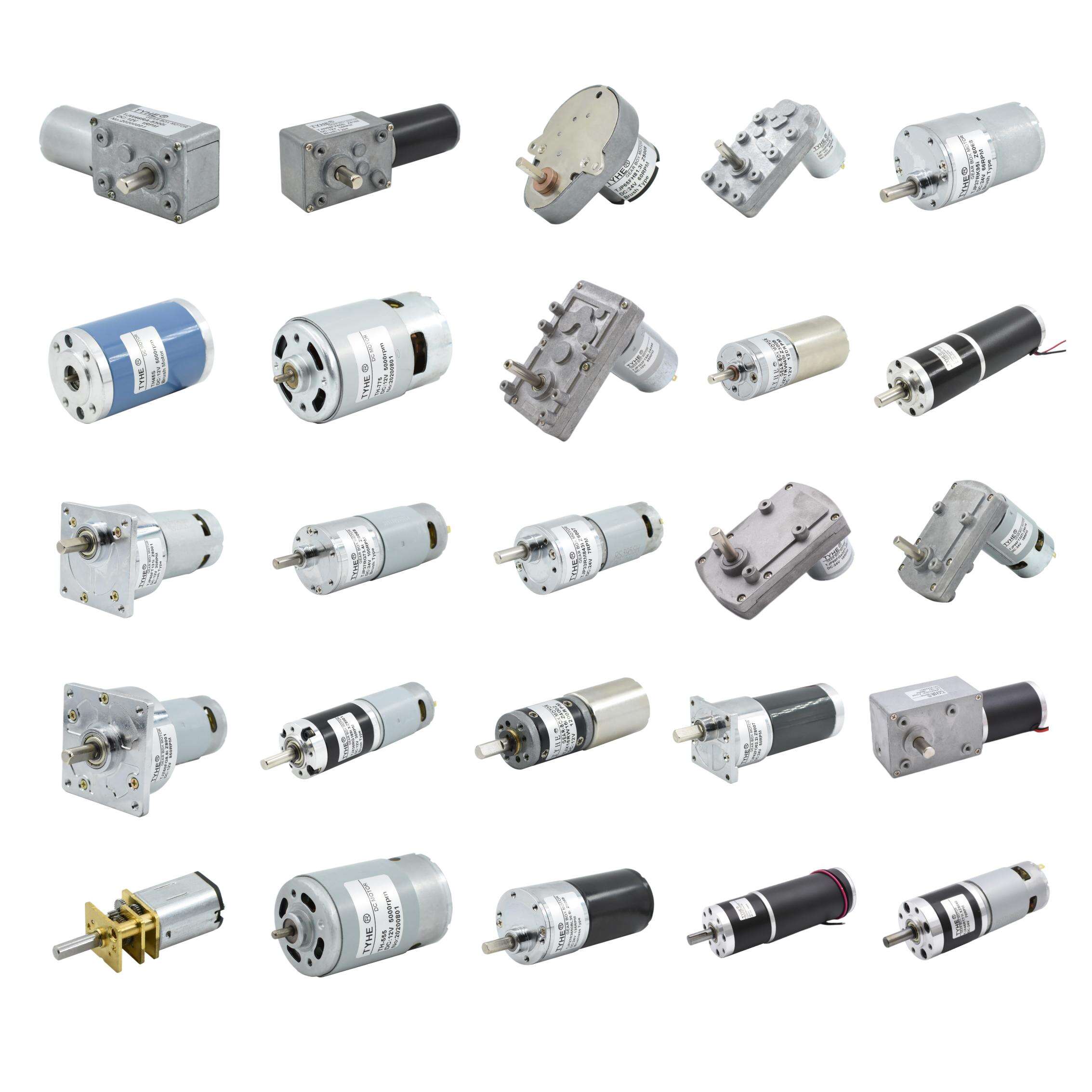tiny dc motor
The tiny DC motor represents a compact yet powerful electromagnetic device that converts electrical energy into mechanical motion. These miniature powerhouses typically measure less than an inch in diameter while delivering impressive rotational force. At their core, tiny DC motors utilize a simple yet effective design consisting of permanent magnets, wire windings, and a commutator system. When electrical current flows through the motor's coils, it creates a magnetic field that interacts with permanent magnets, resulting in rotational movement. These motors are engineered to operate on direct current power sources, making them highly versatile for portable and battery-powered applications. Their compact size does not compromise their efficiency, as modern manufacturing techniques allow for precise construction that maximizes power output while minimizing energy consumption. Tiny DC motors find extensive applications across various industries, from consumer electronics and automotive systems to medical devices and robotics. They are essential components in devices such as camera focus mechanisms, vibration alerts in mobile phones, small cooling fans, and precision instruments. The motors' reliability, coupled with their minimal maintenance requirements, makes them ideal for long-term operational needs. Additionally, their scalable speed and torque characteristics enable precise control in automated systems and delicate mechanical operations.

